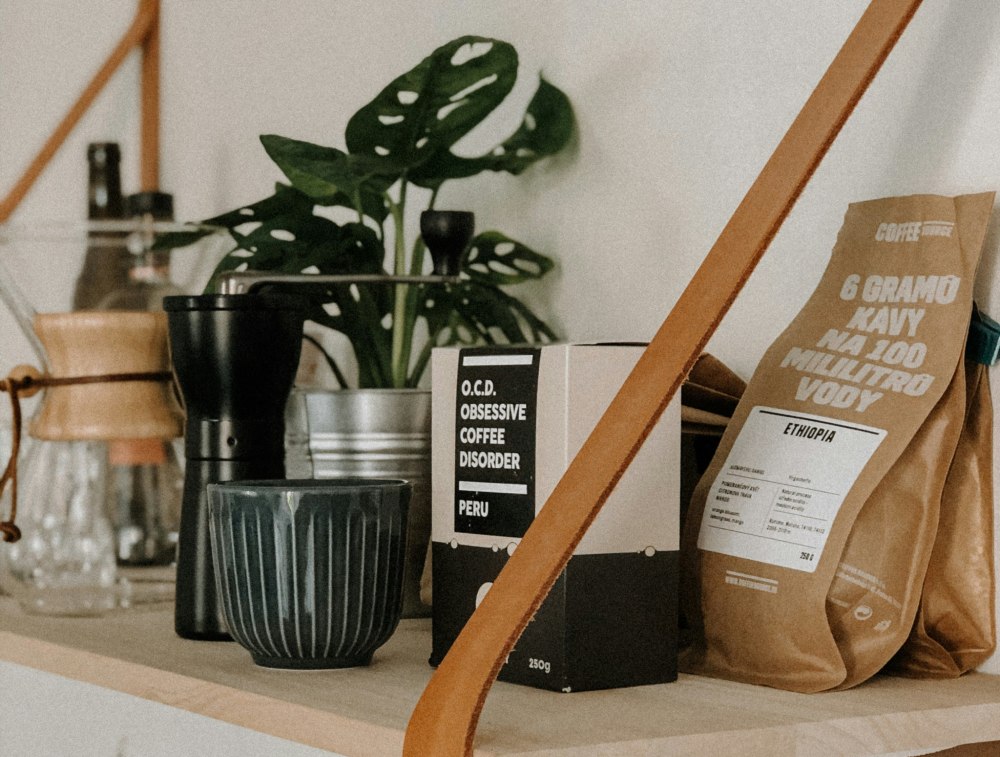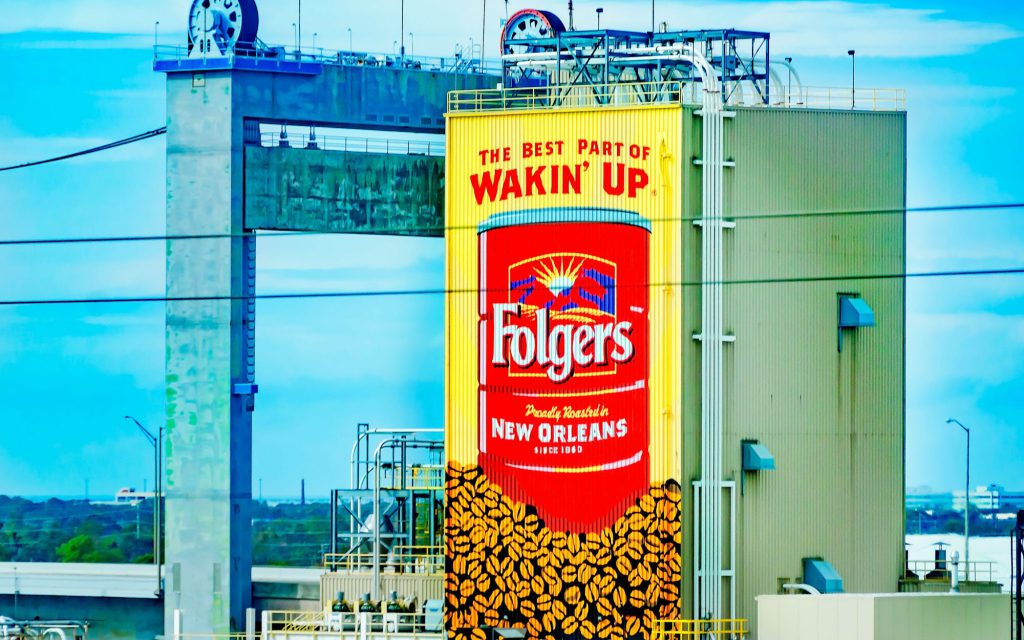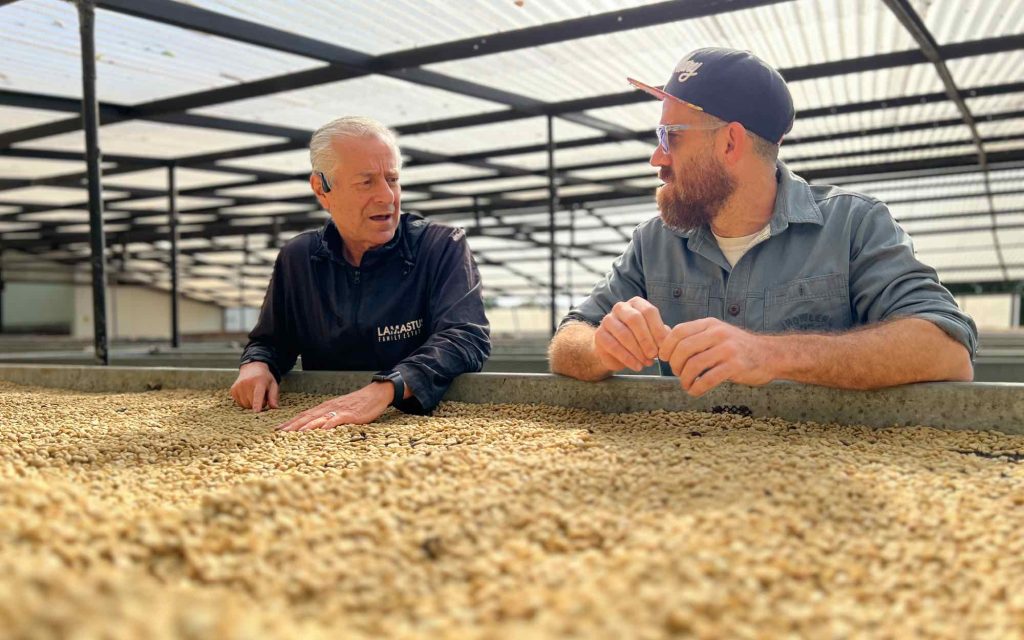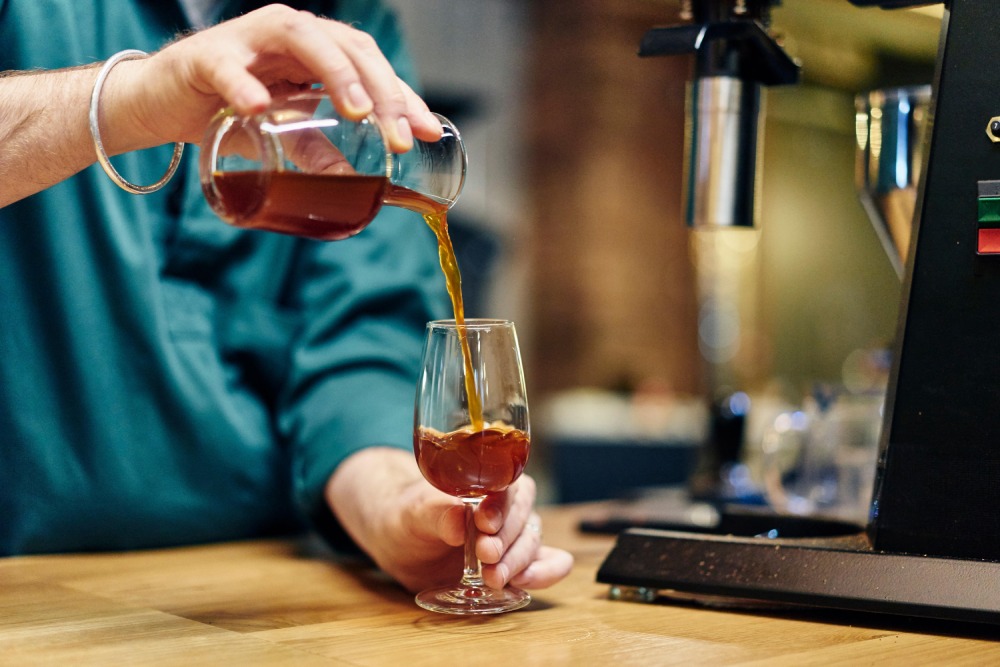How the micro roaster market is evolving

As the global specialty coffee market continues to grow, more and more roasters are popping up and making their mark on the industry. And perhaps the most synonymous with specialty coffee are micro roasters: small-sized roasting operations with a precise focus on sourcing exceptional coffees.
In recent years, with interest in exclusive varieties and limited-edition lots rising, the micro roaster market has exploded. Coffee enthusiasts and industry professionals alike are becoming increasingly keen on tasting the coffees that these roasters have to offer – which also tend to emphasise transparency and traceability.
So how has the micro roaster sector changed over the last few years, and where could it be heading in the future? To find out more, I spoke to Ben Ireland and Ricardo Lopez of Bellwether Coffee. Read on for more of their insight.
You may also like our article on the definition of a micro roaster.
How did the micro roaster market develop?
Before diving into how micro roasters have shaped the specialty coffee industry in recent years, it’s important to define what they are exactly.
Although there is no formal definition, we can define micro roasters by either the batch capacity of their machines or the amount of coffee they roast.
For the former, many people believe they are smaller roasting operations which routinely use 1kg to 5kg-capacity machines. Regarding the latter definition, the Roaster of the Year award categorises micro roasters as businesses which roast less than 100,000 lbs (around 45,340kg) of coffee per year.
But no matter how you personally define them, many agree that micro roasters share the same values of sourcing very high-quality coffee – usually more exclusive, rare, and limited-edition lots. As a result, they roast in smaller quantities to exert as much control over developing roast profiles as possible, and thereby best preserve coffee quality and flavour.
In terms of the wider coffee industry, micro roasters are a relatively new concept. This is largely down to typical green coffee trading models, which have traditionally relied on buying and selling large quantities of coffee.
For smaller-sized roasters, this model was inaccessible and exclusionary, as they would have to buy at least ten 60kg bags of coffee per week to meet minimum order requirements. And when you are only roasting as little as 1,000 lbs a week, maintaining green coffee freshness could easily become a problem.
However, with roasters now able to buy green coffee by the bag, barriers to market entry are significantly lower – and micro roasters have become much more popular.
How have micro roasters influenced specialty coffee?
Just as the development of the specialty coffee sector has shaped the micro roaster market, smaller-sized roasting operations have also influenced the wider industry.
Micro roasters are often have an unwavering attention to detail to sourcing the “best” coffees, as well as experimenting with different roast profiles to express the full spectrum of flavour and aroma.
Moreover, their unique focus on elusive and rare coffees sets them apart from other roasters who often cater to a much broader range of consumer preferences. And considering that the micro roaster market remains relatively small, these businesses tend to collaborate and share ideas with each other more freely – developing a strong sense of community in specialty coffee.
Sustainability as a key focus
In addition to showcasing exceptional quality coffees, micro roasters also place a lot of emphasis on sustainability, traceability, and transparency, which consumers are increasingly prioritising in their purchasing decisions, too.
As micro roasters source more limited-edition and exclusive lots, they tend to provide as much information as possible to their customers, such as:
Origin – including the farm or co-operative which produced the coffee
The story of the producer(s) who grew the coffee
Variety
Processing method
Altitude
Roast profile
Ben Ireland is the European Managing Director at Bellwether Coffee – a company which designs and manufactures low-emission electric coffee roasters.
“Consumers care about responsible business practices and expect the brands they choose and trust to be as sustainable as possible,” he tells me. He adds that through its three key pillars of climate, farmer equity, and retail empowerment, Bellwether Coffee strives to improve its commitment to sustainability. One of these examples is its Living Income Pricing programme, which ensures farmers receive fair prices for their coffee.
Ricardo Lopez is the founder and CEO of Bellwether Coffee. He explains how carbon emissions produced from roasting have an impact on the whole supply chain, so the need to improve sustainability is becoming increasingly pressing.
“Traditional gas-powered roasters have a larger carbon footprint, which increases the coffee industry’s overall climate impact,” he says. “Many producers are struggling to adapt to and mitigate the effects of climate change, which is then felt throughout the supply chain.
“By encouraging more sustainable roasting, Bellwether is helping to reduce the carbon footprint of roasting by up to 87%,” he adds.
How have machines influenced the micro roaster market?
As well as a growing focus on coffee quality and sustainability, machines themselves have shaped the micro roaster market in recent years.
With the launch of numerous sample and smaller-sized machines, businesses have been able to roast in much smaller batches. And given that coordinating batch size with machine capacity is key to getting excellent results with roast profiles, smaller machines have certainly helped micro roasters maintain and preserve coffee quality.
What’s more, smaller-sized machines have allowed coffee shops to more easily roast their own coffee, and small roasting businesses to scale operations.
“Gone are the days of needing expensive, bulky equipment and years of experience – micro roasting allows anyone who sells coffee to unlock the benefits of roasting themselves,” Ben tells me.
Ricardo agrees, saying: “Retailers want to offer fresh coffee to their customers by roasting their own, but until recently, this has been difficult for most businesses. Trying to install industrial roasting equipment in a retail setting is difficult and costly.
“Solutions like Bellwether roasters are designed specifically for café settings, which allows retailers to source and roast their own coffee – potentially saving them money,” he adds.
Machines with smaller capacities have also been designed with energy-efficiency in mind, with many using electricity instead of gas to reduce carbon emissions. This includes the new Bellwether Coffee Shop Roaster – the company’s first compact ventless machine which launched on 7 March 2024.
Ben explains that the Shop Roaster can roast 1.5kg to 20kg batches at a time.
“The Continuous Roasting Upgrade also includes a 20kg green coffee autoloader, which allows you to roast up to 13 consecutive batches in one cycle,” he adds. “The machine can be retro-fitted to the Bellwether Countertop Roaster, too, so it’s a scalable option for micro roasters as their output increases.”
What might the future hold?
The micro roaster market is only poised to grow in the coming years. According to Ben, much of this is driven by the changing needs of coffee consumers.
“As consumers become more discerning with their coffee preferences, demand for on-site and in-store roasting will continue to increase,” he says. “Even the smallest café, restaurant, bakery, hotel, or retailer can now roast coffee themselves easily and sustainably.
“And as more businesses begin to roast their own coffee, consumers will come to expect it, and in time, the industry will need to adapt,” he adds. “You can bring your customers and staff one step closer to where coffee comes from, and this can foster more curiosity and renewed interest in your coffee offerings.”
In-store roasting also presents a unique opportunity for micro roasters and coffee shops to diversify their revenue streams and create more resilient business models – something which has become especially important following the pandemic.
“The majority of the factors influencing coffee quality are already fixed by the time a café receives its roasted coffee shipments,” Ricardo says. “Sourcing your own coffee and roasting on-site enables retailers to have more control of these factors and to create a unique and differentiated experience that is a better representation of their brand.”
The way micro roasters and retailers source coffee may also change as well. For example, Ben tells me that Bellwether offers customers access to its Green Coffee Marketplace, which is a catalogue of coffees from different origins paired with custom roast profiles – meaning businesses with less roasting experience can also achieve great results.
Continuing push for sustainability
With coffee consumers becoming increasingly environmentally conscious, sustainability is sure to improve across the supply chain – including in roasting.
“Using energy-efficient electric roasters to reduce coffee’s carbon footprint means retailers can become more sustainable,” Ben tells me. “The Bellwether Coffee Shop Roaster can reduce a business’ climate impact, and allows for widespread adoption of electric and decentralised roasting systems.”
The shift towards electric roasting technology aligns with broader industry trends that favour sustainable practices and renewable energy sources, too. As stakeholders across the supply chain increasingly prioritise their environmental practices, electric roasters have emerged as a viable solution for reducing carbon emissions – which means more micro roasters are likely to invest in them.
Beyond reducing environmental footprint, electric roasters also offer practical benefits such as precise temperature control and better energy efficiency, meaning roasters can optimise roast profiles and potentially save costs.
The micro roaster market has come a long way in recent years – characterised by technological innovation, a push for more sustainable practices, and a desire to showcase excellent coffees.
And in the coming years, the sector is sure to evolve even further. As electric machines and in-store roasting become more popular, micro roasters are likely to stay ahead of the curve.
Enjoyed this? Then read our article on what producers want micro roasters to know.
Photo credits: Bellwether Coffee
Perfect Daily Grind
Please note: Bellwether Coffee is a sponsor of Perfect Daily Grind.
Want to read more articles like this? Sign up for our newsletter!
The post How the micro roaster market is evolving appeared first on Perfect Daily Grind.





Responses